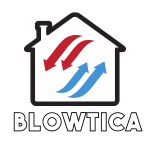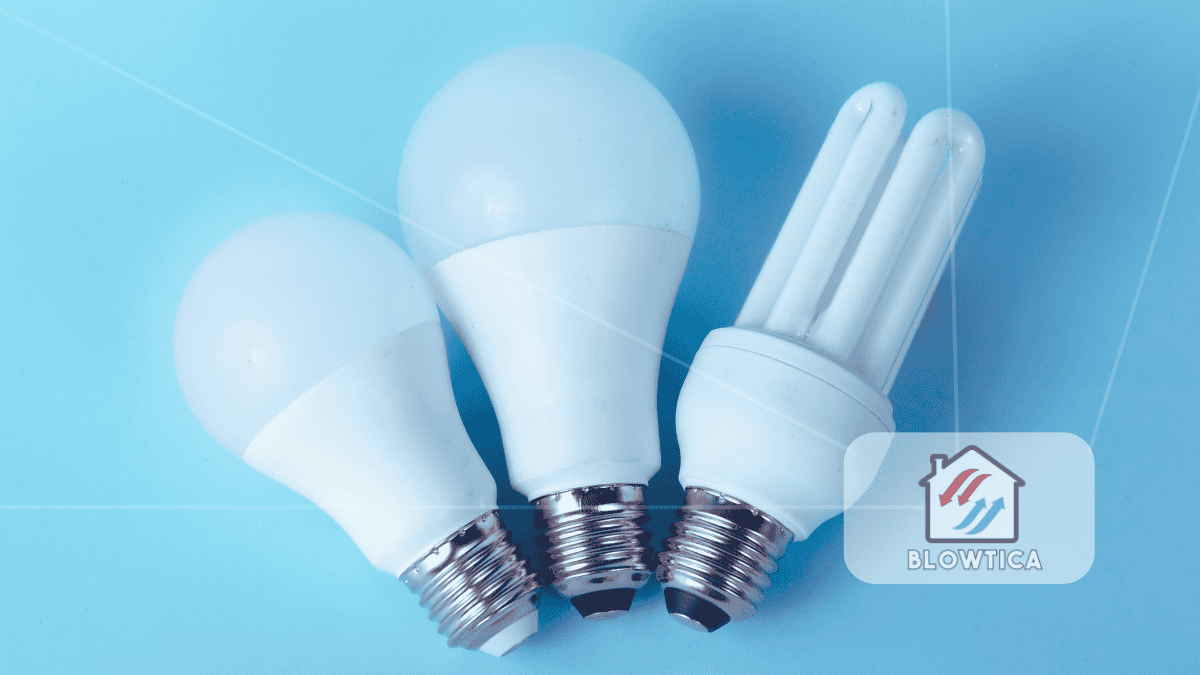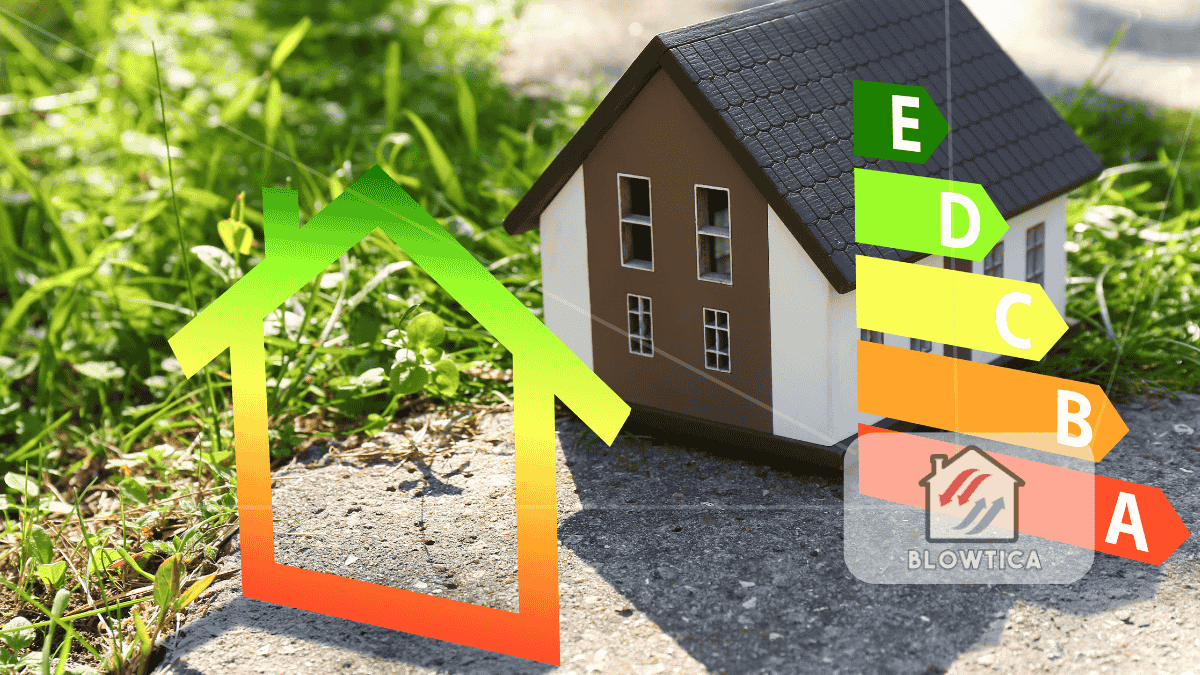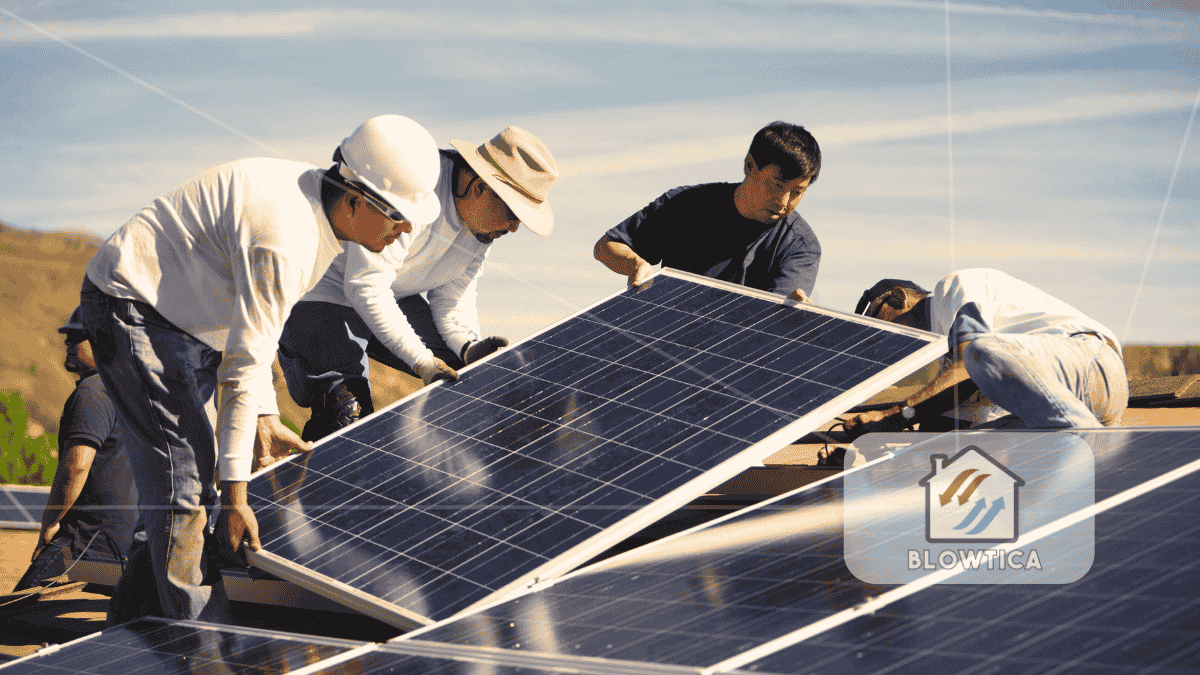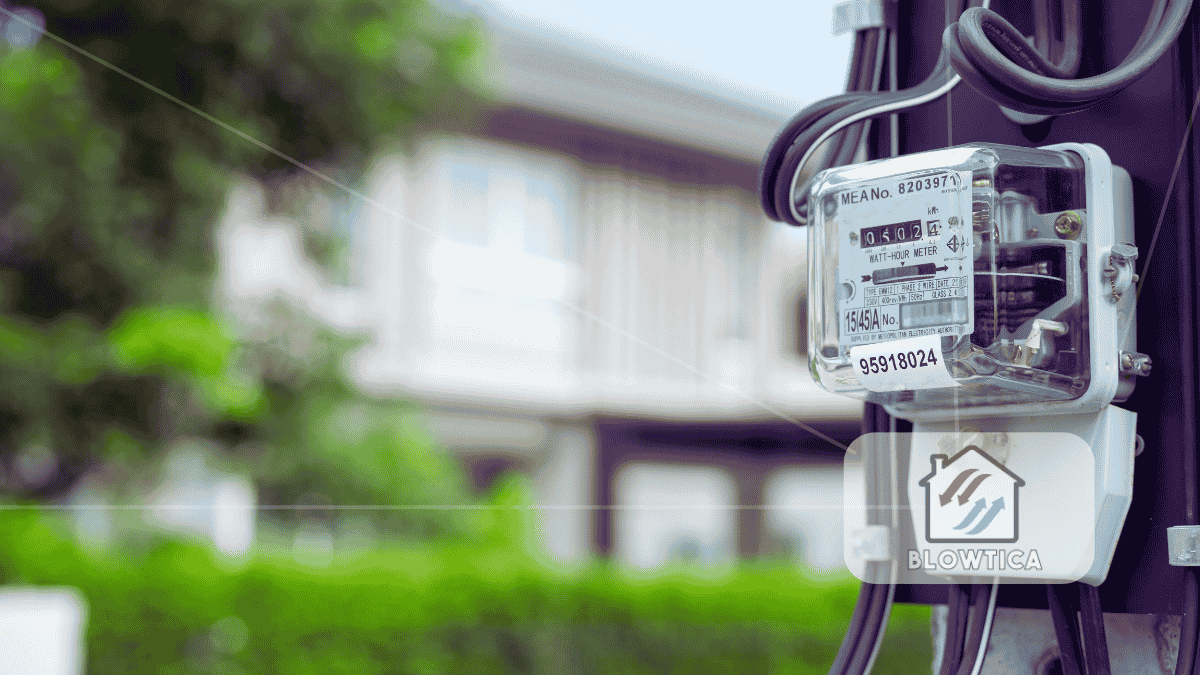
Heating, ventilation, and air conditioning (HVAC) systems are among the most energy-intensive components of any building. Whether you’re running a household or managing a facility, a poorly performing HVAC setup can quietly drain your finances. This HVAC 2025 guide is designed to help you stay ahead of the curve. You’ll learn how to understand evolving standards, implement energy-saving technologies, and make smarter decisions to reduce your energy footprint.
2025: A Shift in the HVAC Landscape
By 2025, HVAC isn’t just about heating and cooling. It’s about how well you manage energy in a world that demands efficiency and sustainability. Rising energy costs, climate-focused regulations, and smarter consumers are pushing manufacturers and building owners alike to adapt.
This guide breaks down exactly what’s changing, what matters, and how you can apply it without wasting time or money.
1. Understanding New HVAC Regulations
SEER2 and Efficiency Ratings
As of 2023, the Department of Energy introduced SEER2, a more accurate efficiency measurement. It reflects real-world usage by including ductwork losses and system static pressure.
By 2025, SEER2 will be the benchmark. New systems must meet these ratings:
- SEER2 14.3 (equivalent to SEER 15) for northern climates
- SEER2 15.2 or higher in southern, hotter zones
- HSPF2 7.5 minimum for heat pumps
Why this matters: If you’re replacing or upgrading in 2025, your system must meet SEER2 standards. Not doing so could affect rebates, warranties, or even insurance compliance.
Refrigerant Phase-Out
The industry is moving away from R-410A due to its high global warming potential. The newer refrigerants like R-32 and R-454B offer lower environmental impact with better thermodynamic performance.
HVAC 2025 guide tip: Ask your contractor which refrigerant your system supports and whether it’s designed for future compliance. Buying an outdated system now could cost more in five years.
2. Smarter HVAC Technology That Works For You
Intelligent Thermostats: Beyond Temperature
Today’s climate controls aren’t just programmable. They are adaptive. Models like Ecobee Premium or Carrier Infinity now consider occupancy, humidity, and even local weather forecasts.
Pro tip: Look for thermostats that support geofencing and utility incentives (like demand-response programs), especially if you live in areas with time-of-use electricity rates.
Zoned Comfort: No More One-Temperature Fits All
Zoning isn’t just for large homes anymore. Affordable dampers and room sensors let homes and small businesses direct airflow precisely so you’re not cooling empty spaces.
Predictive Diagnostics
By 2025, predictive maintenance tools will become standard. These systems collect data continuously, identifying performance dips before they become failures. They also help technicians diagnose faster and reduce labor costs.
3. System Design: Bigger Isn’t Always Better
Right-Sizing Your Equipment
Oversized systems short-cycle, underperform in humidity control, and wear out faster. Undersized systems can’t keep up with demand.
Solution: Insist on a Manual J (residential) or Manual N (commercial) load calculation. This software models your building’s heat gain and loss to give accurate sizing. Avoid “rule of thumb” estimates.
Duct Efficiency
Leaks in ductwork can waste up to 30 percent of your HVAC’s energy output. In 2025, duct testing is mandatory in many regions during system upgrades.
Fix it fast:
- Seal joints with mastic, not duct tape.
- Insulate ducts in unconditioned spaces like attics or crawlspaces.
- Consider ductless systems for room additions or retrofits.
4. Renewable and Hybrid HVAC Solutions
Solar and HVAC Integration
HVAC systems that sync with solar arrays are now widely available. These units use solar input to reduce grid reliance during peak hours.
Real-world use case: A 4-ton inverter heat pump powered partially by solar can offset summer energy bills by 30 to 50 percent, depending on region.
Geothermal Systems: Ground-Sourced, High Efficiency
Geothermal heat pumps tap into stable underground temperatures to provide heating and cooling. Though the upfront cost is high, savings can reach up to 60 percent over the life of the system.
Incentive alert: The Inflation Reduction Act provides a 30 percent federal tax credit on geothermal systems through 2032.
Dual-Fuel Flexibility
For colder climates, hybrid setups that combine electric heat pumps with gas furnaces automatically switch between power sources for better efficiency and comfort.
5. Maintenance: The Cheapest Energy-Saver
Regular Service Equals Long-Term Savings
A neglected system works harder than it should. Dirty filters, blocked coils, or faulty sensors can spike your bill without warning.
Annual checklist:
- Replace filters on schedule
- Clean outdoor condenser coils
- Inspect blower motors and belts
- Calibrate thermostats and sensors
- Check refrigerant levels
Monitor Energy Use in Real Time
Smart meters and app-based energy dashboards let you track consumption patterns and find inefficiencies. If your HVAC load suddenly spikes, you’ll know something’s off.
6. Indoor Air Quality in 2025: More Than Just Filters
Higher Filtration Standards
Homes and buildings are increasingly using MERV 13 filters or higher. These traps allergens, bacteria, and viruses. Clean air improves both health and HVAC efficiency.
Tip: If you upgrade to high-efficiency filters, ensure your blower motor can handle the added resistance. Otherwise, you’ll lose airflow and performance.
UV-C Lights and Bipolar Ionization
These advanced purification systems destroy airborne pathogens and neutralize volatile organic compounds. Expect more adoption of UV-C technology in residential homes by 2025.
Humidity Control Enhances Comfort and Efficiency
Too much or too little humidity affects comfort and health. It can also stress your HVAC system. Modern systems offer integrated humidification and dehumidification for year-round balance.
7. Financial Incentives That Make Upgrades Pay Off
Federal Programs
Tax credits and deductions are available for high-efficiency heat pumps, air conditioners, and weatherization measures. Keep all receipts and contractor certifications to qualify.
Local Utility Rebates
Your local power company may offer:
- Rebates for Energy Star equipment
- Instant discounts at purchase
- Free energy audits
Pro move: Combine local utility offers with federal credits to maximize your savings.
Energy-Efficient Mortgages (EEMs)
If you’re buying a new home or refinancing in 2025, consider an EEM. These allow you to roll energy-efficiency improvements into your mortgage with better terms.
8. For Commercial Properties: Smarter Building Management
Building Automation Increases Efficiency
Building Automation Systems (BAS) are getting more advanced and more affordable. Cloud-based dashboards now control lighting, HVAC, and occupancy sensors from one interface.
Small business tip: You don’t need a large building to benefit. Modular BAS options work for properties as small as 5,000 square feet.
Ventilation That Responds to Occupancy
Demand-Controlled Ventilation (DCV) systems adjust airflow based on occupancy data and indoor air quality levels. Ideal for offices, gyms, and retail spaces, these systems improve efficiency without sacrificing comfort.
9. Choosing the Right HVAC Contractor in 2025
Not all HVAC professionals are equal. A poorly installed high-efficiency system won’t perform as promised.
Credentials to Look For:
- North American Technician Excellence (NATE) certification
- Knowledge of 2025 refrigerant and SEER2 standards
- Experience with smart zoning and home automation
- Ability to perform load calculations using Manual J or N
Red flag: Avoid any contractor who quotes a system without inspecting your property or conducting a sizing analysis.
Final Thoughts: What the HVAC 2025 Guide Means
This HVAC 2025 guide is more than a list of upgrades. It’s a smart strategy for long-term comfort, sustainability, and energy control. The systems of tomorrow are designed to use less and do more.
Here’s your action plan:
- Evaluate your current system and find inefficiencies.
- Upgrade using SEER2-compliant, future-ready equipment.
- Use federal and local programs to reduce costs.
- Work with certified professionals who understand new standards.
- Monitor your performance over time and keep it optimized.
By staying proactive and informed, you’re not just ready for 2025. You’re set up to thrive well beyond it.
